15 Ways to stop menstrual bleeding immediately: Menstrual bleeding is a natural process during Menstruation. The menstrual flow occurs in a cycle of specific days and varies in all women. The regular menstruation flow persists from 2 to 7 days. This is normal and regularly occur every month. But there are some cases where women face excessive bleeding which is also called Menorrhagia. So, everyone should know the medication to stop menstrual bleeding immediately naturally at home fast.

This stage can lead to excessive bleeding and can cause various other health-related problems. The major reason of excessive bleeding is hormonal imbalance, the presence of fibroids, thyroid issues, uterine problems and infection. It is always good to contact your health care provider to confirm on the reason of excessive bleeding. Read Also: How to Get Rid of Period Cramps Fast at Home.
Excessive bleeding can lead to weakness, Anaemia, mood swings, cramps, and tiredness. There are some known natural components which can help in controlling this condition and help in getting relief to some extent. Another issue with excessive bleeding is the continuous fear of leakage which does not allow you to focus in your work. You also get tired of changing sanitary pads in small intervals.
Medication to stop menstrual bleeding immediately: follow these steps;
Table of Contents =>
Use of Coriander seeds
Coriander seeds help in balancing hormones and thereby regulates the menstrual flow. Use 1-2 teaspoons of coriander seeds and boil it till the quantity of water reduces to half. Allow it to cool and drink it 3-5 times in a day. This helps in getting relief from excessive menstrual bleeding.
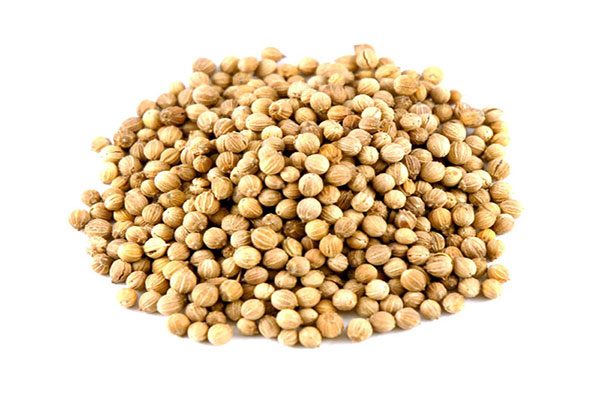
Use of Blackstrap molasses
Blackstrap molasses are a rich source of iron. These help in boosting the making of RBC which also help in replenishing the loss of blood. Blackstrap molasses are also known to control heavy bleeding issues. Use 1-2 tablespoons of blackstrap molasses in a glass of water and drink this daily to get desired results.
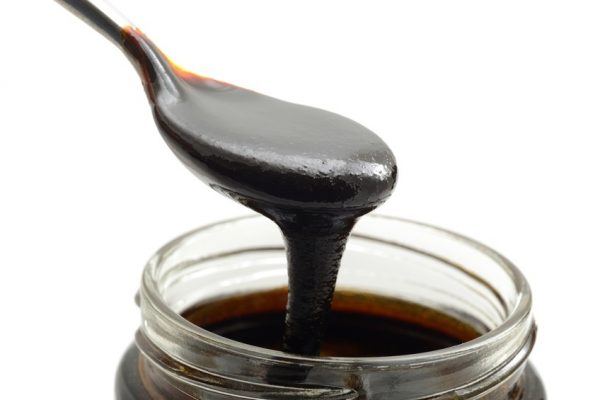
Use of Thyme Tea
Thyme leaves help in controlling menstrual flow. Use thyme leaves approximately 1 tablespoon and add to a cup of water. Boil this mix for 5-10 minutes. Allow it cool and drink this 3-4 times in a day. You can also use this mix as a cold compress, by adding it to freeze trays and forming ice cubes. Use them as a cold compress on your abdomen.
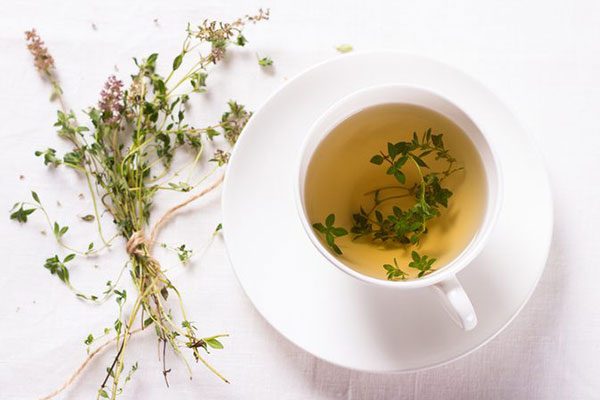
Use of Tamarind
Tamarind is a great natural component which helps in balancing cholesterol levels and also blood flow during menstruation. Use 5-6 pieces of natural tamarind in 2 cups of water and leave it overnight. Mix the tamarind with water next day and remove the seeds. Consume this drink every morning regularly for a week. You will definitely see controlled menstruation flow.

Use of Cayenne pepper
Using cayenne pepper helps in maintaining the hormonal balance and regulation of menstrual flow. Use a glass of warm water and add ¼ teaspoon of cayenne pepper to it. Add 2 teaspoons of honey and drink it 2-3 times when you experience your cycle.

Use of Red Raspberry leaves
Leaves of red raspberry show a great effect in regulating heavy menstrual flow. It contains tannins which improve the muscle conditions of uterine too. Take a cup of hot water and add 1 tablespoon of raspberry leaves in dry form. Allow it o stay there for 10-15 minutes. Strain the water and drink this 3-4 times in a day. You can drink this concoction before your menstrual cycle to get better effects.

Use of fennel seeds
Fennel seeds are great for your stomach and also help in regulation of menstrual flow. Take 1 tablespoon of fennel seeds and grind it into a fine powder. Mix one tablespoon of the ground fennel powder to a glass of water and allow it to stay for 5-10 minutes. Strain the water and drink it at least once in a day.
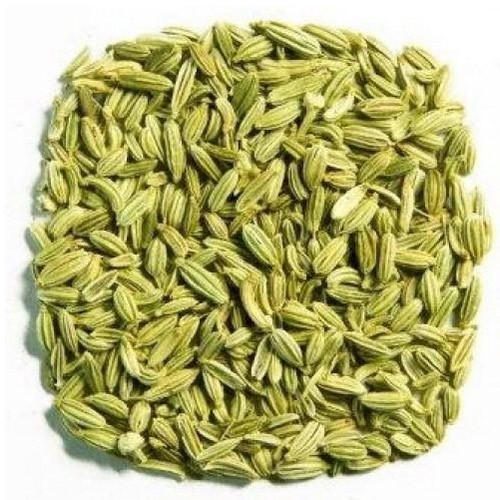
Use of Aloe Vera
Aloe Vera also was known as “the magic plant” can help in regulating menstrual cycles. Consuming Aloe Vera juice on a regular basis can help your body in regulating the flow.
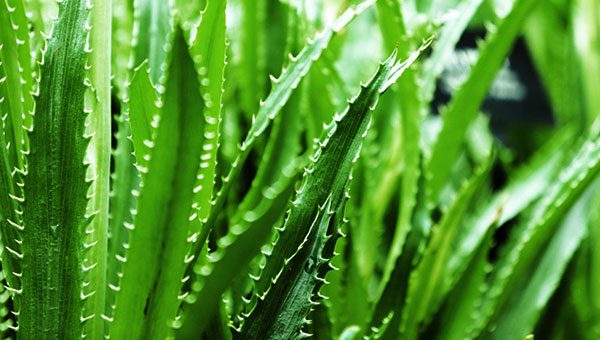
Use of Cinnamon
Cinnamon is great for reducing heavy menstrual flow as it stimulates the uterus and is a known antispasmodic compound. Take a glass of hot water and add a teaspoon of cinnamon in powdered form. Drink this 2-3 times daily. You can also add a teaspoon of honey to make it more palatable.
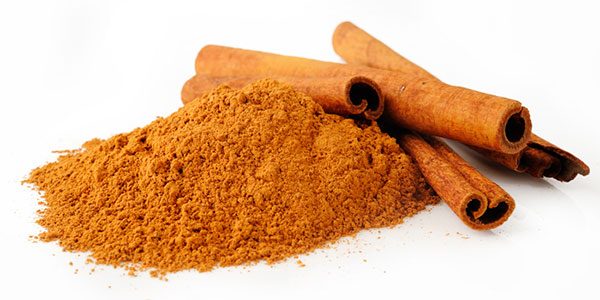
Use of Red clover Herbal tea
Red clover is known for its high phytoestrogens. Herbal tea continuing red clover can help in regulating the menstrual flow and also beneficial for people suffering from uterine fibroids. The phytoestrogens present in red clover are similar to the hormone estrogen and can help by bringing a balancing effect. It is beneficial to consume 2-3 times a cup of red clover containing herbal tea.

Use of Comfrey herb
This herb is known for its properties of constricting blood vessels. This helps in controlling menstrual bleeding. Use one cup of warm water and add 2 tablespoons of comfrey herb leaves, allow it to stay for 20-30 minutes in a covered utensil. Strain the mix and drink it daily when you are experiencing your menstrual cycle.
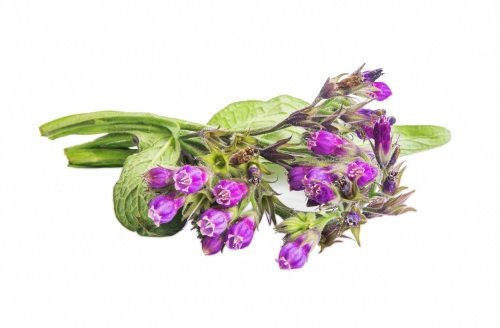
Apart from these natural components which can help you during your menstruation cycle, there are some other practices which can enhance the effect of the products and help in controlling excessive bleeding during your cycle.
- You should restrain yourself from excessive workouts and lifting weights during your cycles if you are already experiencing excessive bleeding.
- Eat iron-rich diets, which can help you in replenishing the loss of blood during your menstrual cycle.
- Add all the above-mentioned components in your diet, to get benefits out of them on a daily basis.
- Try meditation and calming activities during your menstrual cycle, to decrease the heavy bleeding.
- Taking herbal baths which contain various herbs can also help in the regulation of menstrual bleeding.
- Take a cold compress on your abdomen. Cold temperatures help in vasoconstriction and controls heavy bleeding during the menstrual cycle.
- In cases where you do not see any benefits from the above mentioned natural components, always seek medical attention and follow the instructions of your health care provider.
Last Updated on December 23, 2018 by Marie Johnson
